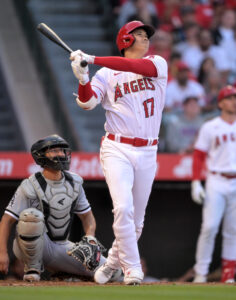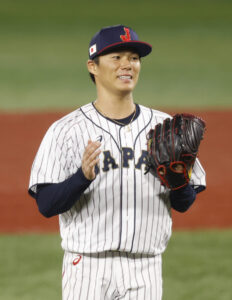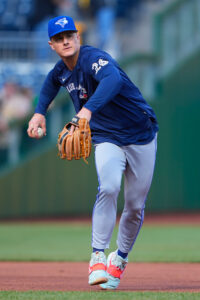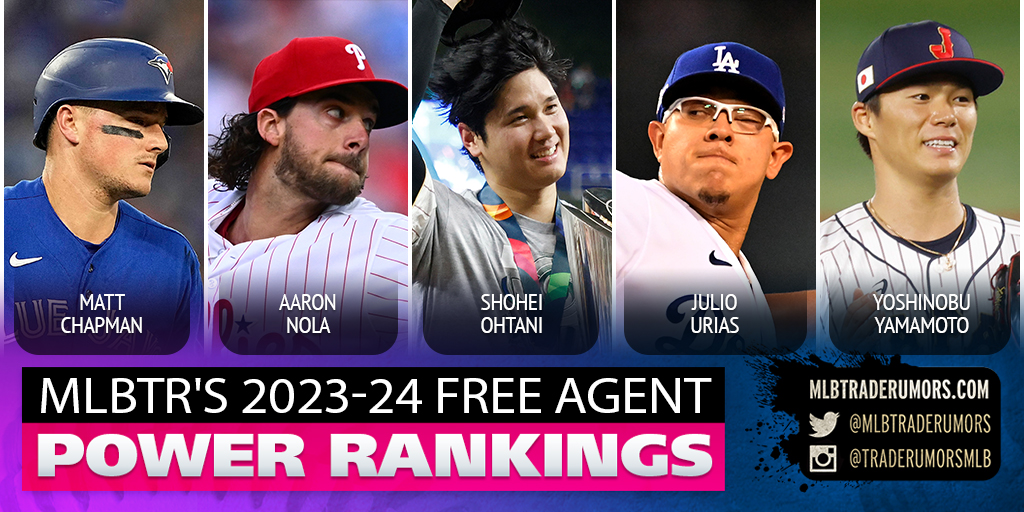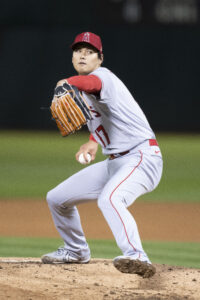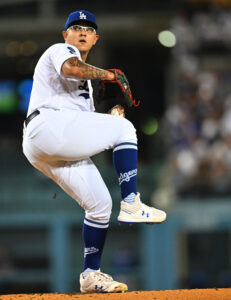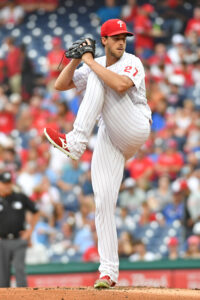The latest episode of the MLB Trade Rumors Podcast is now live on Spotify, Apple Podcasts, and wherever you get your podcasts! Make sure you subscribe as well! You can also use the player at this link to listen, if you don’t use Spotify or Apple for podcasts.
This week, host Darragh McDonald is joined by Anthony Franco of MLB Trade Rumors to discuss:
- Angels are in: They take Shohei Ohtani off the market, trade for Lucas Giolito (1:10)
- Several teams still in the mushy middle: Cubs, Yankees, Diamondbacks (10:15)
- Reds reportedly willing to trade Jonathan India, or are they? (17:10)
- What are the Padres doing with Blake Snell and Josh Hader? (21:45)
Plus, we answer your questions, including:
- Do you see the Marlins being sellers or buyers? (23:25)
- Who are the Phillies targeting and who would they give up prior to the deadline? (26:35)
- Who do the Tigers end up trading? And what can we expect in return? (28:50)
Check out our past episodes!
- All Eyes on the Angels, Cardinals Trade Options and Buyers or Sellers – listen here
- Top Deadline Trade Candidates, Ohtani Trade Potential and the Slipping Rays – listen here
- Free Agent Power Rankings and Aroldis Chapman to the Rangers – listen here

